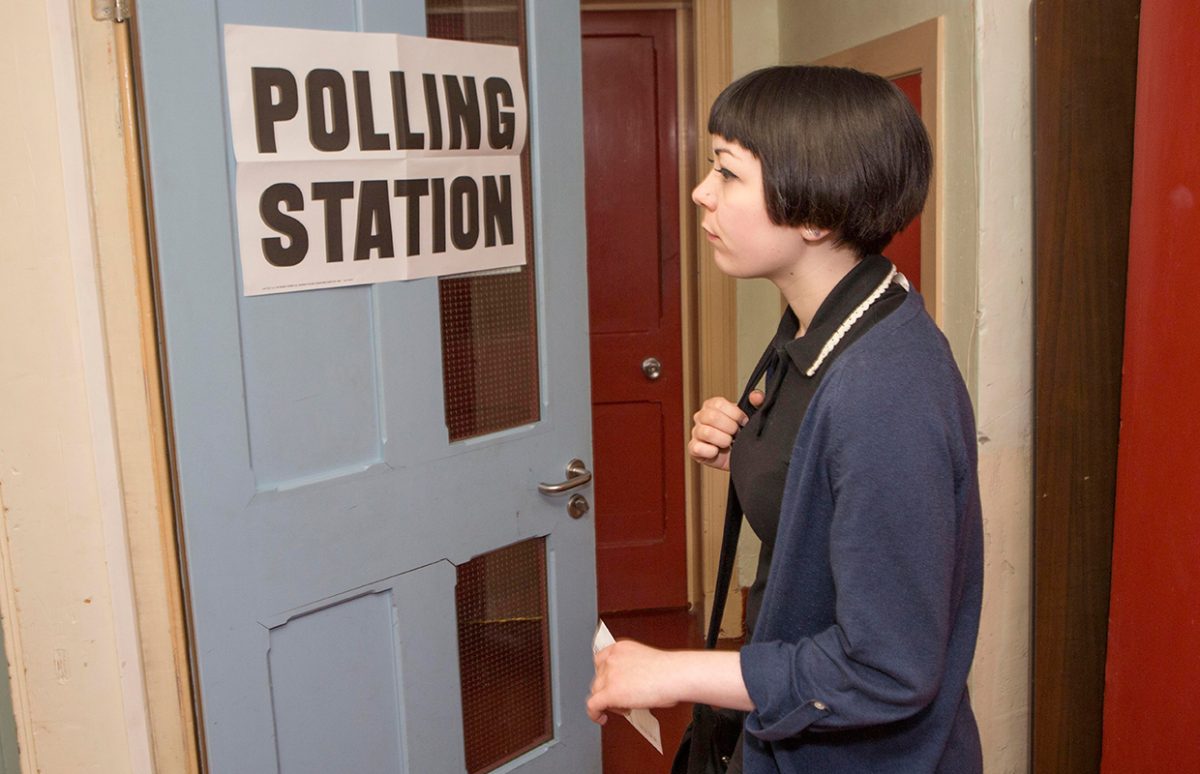
Bite the Ballot and The League of Young Voters are both British charities created by young people and focused on getting young people engaged in voting, especially in the general election on 8 June. Their videos, apps and animations are extremely teen-friendly and excellent for working on citizenship in class. This video encouraging young people … Continue reading “Young Voters Webpicks”
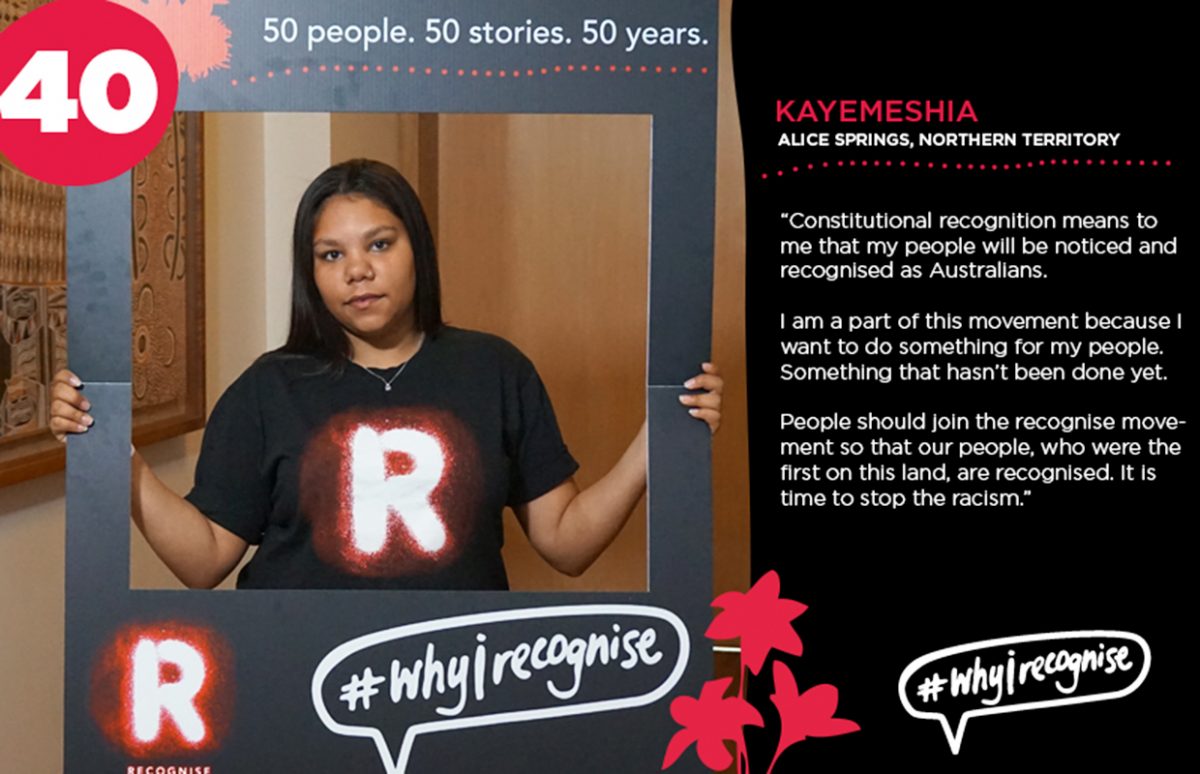
Reconciliation Australia is an NGO set up to facilitate reconciliation between the wider Australian population and Indigenous Australians. They have a very attractive learning section on their Share Our Pride website which includes the following videos. It’s perfect for a theme about Indigenous Australians and/or Sorry Day. This is a relatively simple, short explanation (less … Continue reading “Sorry Day Teaching Resources”

France is celebrating la Quinzaine du commerce équitable from 13 to 28 May. Fair Trade Fortnight has just finished in the UK and the Fairtrade Foundation has some great films and lesson plans that make it easy to discuss Fair Trade with your classes. The schools site has a range of films and other teaching … Continue reading “Teaching About Fair Trade”
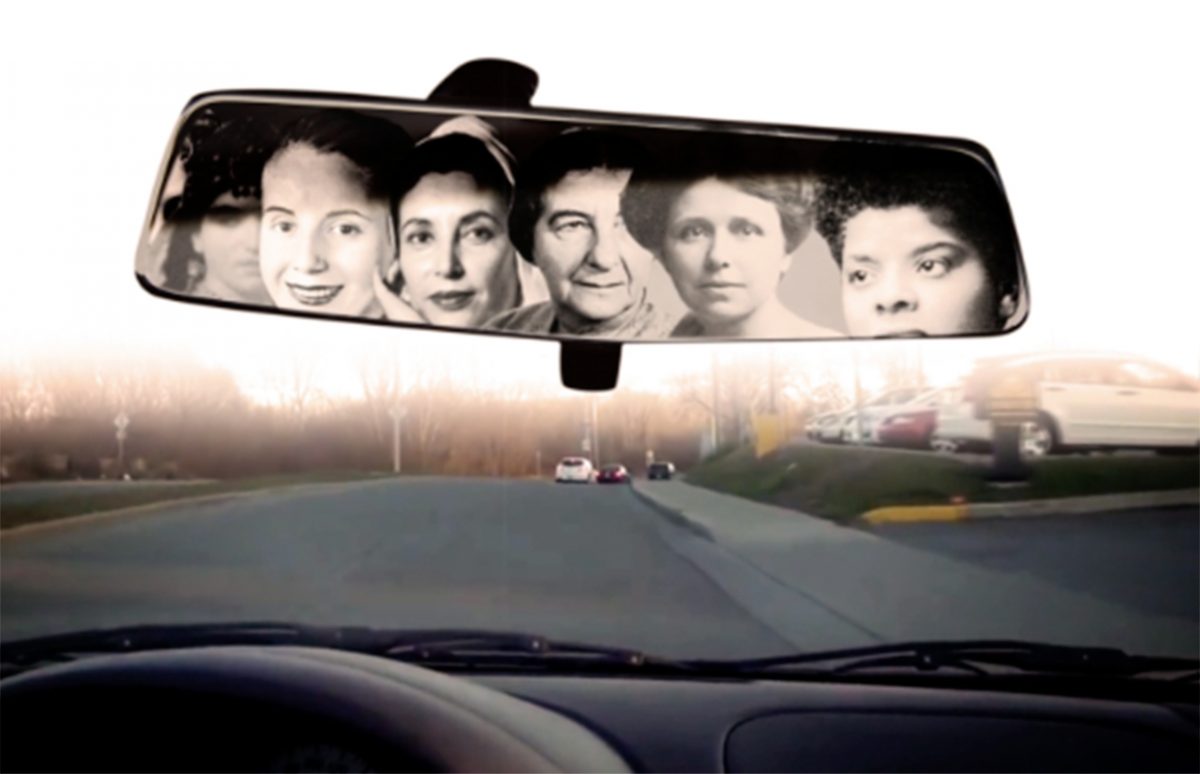
“50/50: Rethinking the Past, Present, and Future of Women + Power” is a free downloadable film and discussion guide about gender balance that is central to 50/50 Day on 10 May. Here are some suggestions for using the film and other resources for a them on women’s rights or gender balance. You can find more … Continue reading “50/50 Day Film in Class”
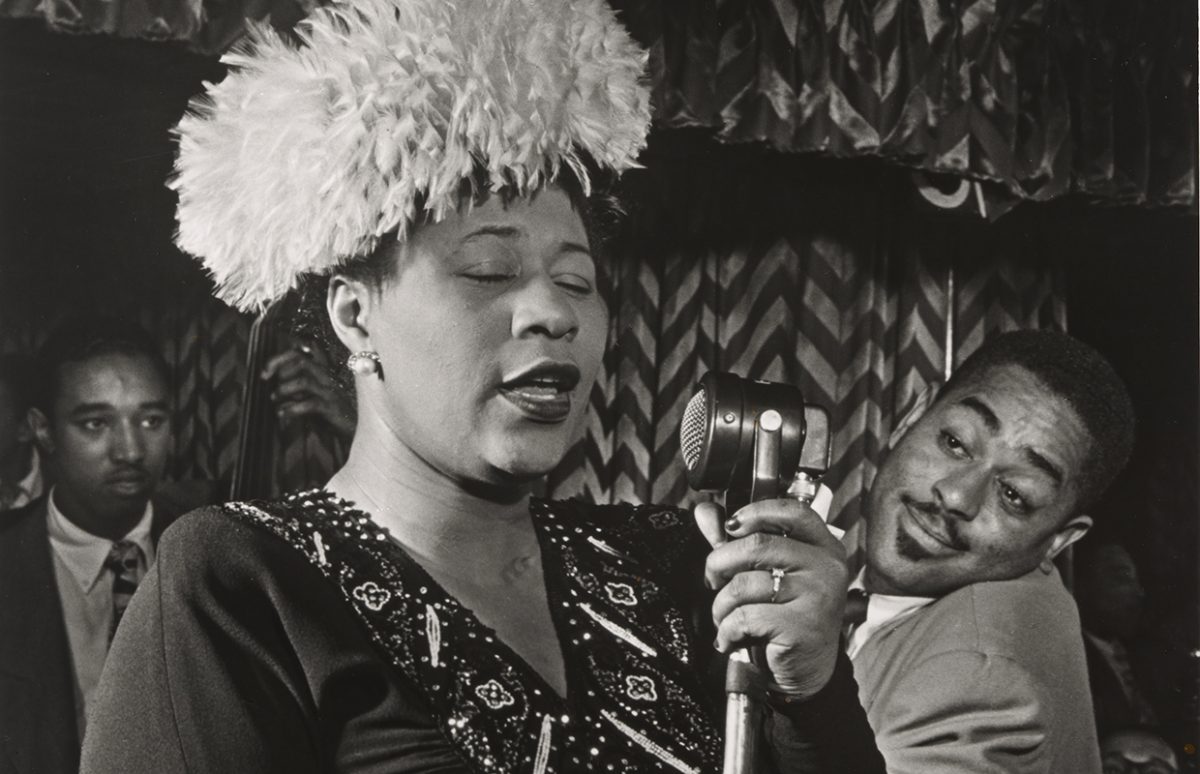
2017 is the centenary of the birth of Ella Fitzgerald, one of the most recognized voices in jazz history. The Smithsonian National Museum of American History is hosting an exhibition in tribute to “The First Lady of Song”. The online version is an excellent authentic document for classroom use. The mini-site is fairly succinct, with … Continue reading “Ella Fitzgerald Online Exhibition”

Looking for interesting resources on the environment for Earth Day or any day? Don’t miss our Ready to Use Resource, and video suggestions, on a teenage, Native American eco-warrior. We’ve also selected some resources from around the web to help you. Ever since the first Earth Day in 1970, one of the main purposes of … Continue reading “Ecology on the Web”

Discovering this teenage Native American environmental activist, Xiuhtezcatl Martinez, is inspiring on many levels. It fits well into themes of ecology, protest songs, indigenous cultures or young people taking action. We have provided an A2+-B1 downloadable article and activities in the Ready to Use Resources section. These videos can extend the sequence. The first 2:20 … Continue reading “Videos of a Teenage Eco-Warrior”

April Fools Day is a perfect opportunity to get your pupils thinking about the “news” they see. April Fools Day will be followed by International Fact-checking Day, a great occasion to do some media education with your classes, working on fake news. A great way to get pupils thinking about fake news is to ask … Continue reading “April Fools Fact-checking Resources”

The new robot exhibition at London’s Science Museum offers several videos on this motivating subject which can lead to work on science and technology, but also on human anatomy, modals and comparisons. The exhibition trailer doesn’t have any voiceover, just onscreen text. It points out that by looking at robots we question what it is … Continue reading “Robot Videos”
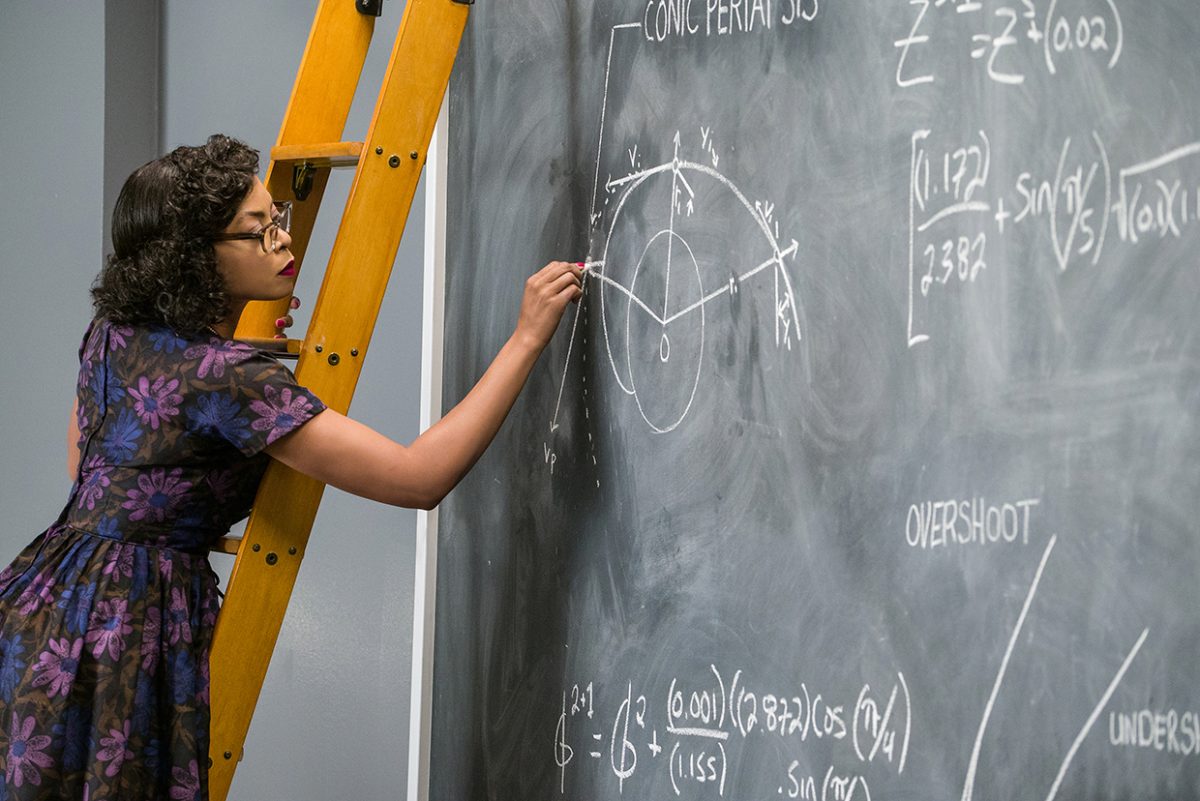
The film Hidden Figures reveals the untold true story of a team of African-American women mathematicians, or “human computers” who helped the success of the Apollo Moon landings program in the 1960s. These videos are a great follow-up after using our B1-level article and teaching activities with your pupils. This short video introduces the film … Continue reading “Hidden Figures: Teaching with Trailers”














